Half a century after the country's reunification, that creative flow not only reflects the strong vitality of a young, dynamic city but also nurtures the aspiration to reach out, contributing to making Ho Chi Minh City a center of creative cultural industry, spreading Vietnamese identity and stature in the era of national growth.
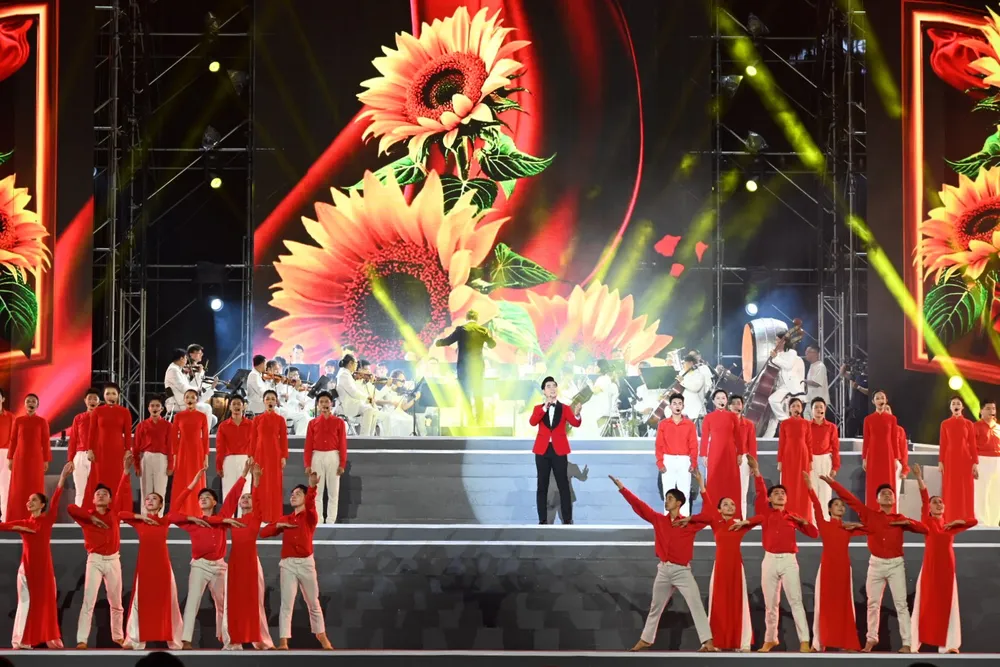
"Flower season after red fire"
After the country's reunification, Ho Chi Minh City entered a period of construction in the enthusiastic spirit of a young city that had just gone through war. Along with the local artists, the city welcomed a large source of creative human resources from the North and the war zones, creating an unprecedentedly rich and energetic creative team. Hundreds of works of music , literature, fine arts, theater, dance, and architecture were born, painting a vivid picture of a time of "a hundred flowers blooming". In that context, literature and art not only reflected the reality of life but also aroused ideals, cultivated personality and fostered the spirit of dedication of the young generation. Many works in this period became a spiritual flame, arousing patriotism, the will to overcome difficulties and the desire to build a new life.
Outstanding in this period are the compositions associated with the birth of the youth volunteer force, creating a seething atmosphere on construction sites, farms and the southwestern border region.
Dr. Vu Thi Mai Oanh (former Head of the Department of Political Theory - Ho Chi Minh City Academy of Officials) analyzed: “Through the image of revolutionary literature and art, many new spiritual values are aroused: the model of a person rich in ideals, courage, ambition and dedication. The team of artists and writers immersed themselves in the new life, creating like soldiers on the cultural front, contributing to cultivating the personality and ideals of the young generation. In the post-war years, along with the youth volunteer movement and labor emulation, literature and art contributed to honoring human values, building a model of a new Vietnamese person”.
Entering the period of innovation, Ho Chi Minh City's culture and arts continue to promote the role of reflecting life, educating the values of truth - goodness - beauty, promoting the tradition of patriotism and self-reliance, contributing to building an advanced culture, imbued with national identity - a solid spiritual foundation for social development. With a system of 7 training schools, 1 center, 1 research institute, and many specialized faculties in the social and humanities sector, Ho Chi Minh City quickly became a large-scale cultural and artistic human resource training center, providing high-quality human resources for the Southern region.
The dynamic art and literature market, with its large population and large market share, creates a strong attraction, attracting artists and investors from all over to come and establish their careers. By 2022, Ho Chi Minh City will have nearly 6,000 artists who are members of 9 professional associations, operating in many fields of composition, performance, research, theory and criticism. This team is constantly growing, contributing to the formation of a rich creative environment, with diverse genres and artistic trends.
Unleash your creativity
In the context of rapid development of science - technology and digital economy, Ho Chi Minh City Culture and Arts is facing the need for strong innovation, aiming to become a cultural industrial center with national brand, with regional and international competitiveness. Creative human resources are both a source of pride and a pioneering force to continue writing artistic values worthy of the times.
Associate Professor, Dr. Tran Luan Kim, member of the Ho Chi Minh City Council for Cultural and Artistic Theory, shared: “After the implementation of Resolution No. 23-NQ/TW of the Politburo, the city's cultural and artistic activities have had many positive changes, taking on a new, more vibrant and effective appearance. From the inner city to the wards and communes, many difficulties have been gradually resolved; creation has flourished, and the promotion of works has been expanded, increasingly meeting the spiritual needs of the people.” Associate Professor, Dr. Tran Luan Kim further analyzed that the innovation orientation has been completed with a focus on comprehensive development of culture and art: promoting traditional values, encouraging the creation of new values, and promoting international exchange and integration. The city is interested in training a team of artists, those who directly create and manage the profession; at the same time, expanding the scope of creativity, promoting the freedom of individual creation, and increasing focused investment in cultural works.
Along with the creative human resources, the city's cultural industry has also taken its first steps. In particular, cinema is a key sector, contributing to completing the dossier to join the UNESCO Creative Cities Network. Currently, Ho Chi Minh City is playing the role of the country's cinema center, accounting for about 40% of the film market share (second place is Hanoi with 30%), with dozens of dynamic film studios and private production facilities, contributing to creating jobs for thousands of workers.
Ms. Nguyen Thi Thanh Thuy, Deputy Director of the Department of Culture and Sports of Ho Chi Minh City, said: “The city currently has about 17,670 enterprises operating in the cultural sector, accounting for 7.74% of the total number of enterprises in the area. The production value of cultural industries has continuously increased over the years. Ho Chi Minh City aims to have the cultural industry contribute more than 7% to the city's economic growth by 2030. An important factor, besides branded events, is that the city is both a space and a market attracting cultural and artistic activities. With its position as a major center in many aspects and one of the leading localities in the country in terms of creativity and cultural industry in Vietnam, Ho Chi Minh City has had many new cultural creativity models developing in the heart of the city, opening up many trends and opportunities to promote the city's human identity.”
To open up the flow of creativity, so that culture can truly become an endogenous strength, the city has identified synchronous investment in the cultural institution system and the development of high-quality human resources as two key tasks. A series of large-scale projects are being implemented such as: Ho Chi Minh City Symphony - Music - Ballet Theater (over 1,700 seats) in Thu Thiem New Urban Area; Phu Tho Circus and Multi-purpose Performance Theater (Phu Tho Ward) with an area of 10,000m2 , total investment capital of 1,395 billion VND; Ho Chi Minh City General Science Library is upgraded towards a digital library with about 6 million pages of digitized documents; Ho Chi Minh City Children's Palace started construction in Thu Thiem New Urban Area with an investment capital of over 1,124 billion VND... These will be typical cultural and architectural works, contributing to creating a unique identity for Ho Chi Minh City in the integration era.
50 years after the country's reunification, Ho Chi Minh City's arts and culture continue to affirm its pioneering position in the flow of national culture. From the "flower seasons after the red fire" to the cultural works of great stature, from the pioneering artists to the dynamic young creative generation, Ho Chi Minh City is continuing its journey to create a "creative city" - where culture becomes an endogenous, sustainable and widespread strength.
Ms. Pham Phuong Thao, former Deputy Secretary of the Ho Chi Minh City Party Committee, former Chairwoman of the Ho Chi Minh City People's Council:
The artist - soldier: A beautiful symbol of the Ho Chi Minh era
Ho Chi Minh City's literature and arts have raised the aspiration for independence and national unity, becoming a patriotic call, a call to "set out", "wake up and go", "volunteer", a moral voice, awakening conscience, protecting national culture and moving towards the values of truth, goodness and beauty. In the struggle for national liberation, literary and artistic activities in the city are considered a front; excellent literary and artistic works are sharp weapons to encourage the will to fight, arousing patriotism. Revolutionary ideals and profound human values of the works have contributed to rallying forces, creating the strength of national unity. The city's literary and artistic team is gathered from many sources, are dedicated, talented people, closely attached to the city, most of whom were trained in revolutionary practice. Some people have taken to the streets, held guns, sacrificed their blood and bones to create lifelong works, portraying the image of artists and soldiers in the Ho Chi Minh era.
Source: https://www.sggp.org.vn/van-hoc-nghe-thuat-tphcm-50-nam-toa-sang-cung-thanh-pho-tre-post818648.html


![[Photo] Collecting waste, sowing green seeds](https://vphoto.vietnam.vn/thumb/1200x675/vietnam/resource/IMAGE/2025/10/18/1760786475497_ndo_br_1-jpg.webp)

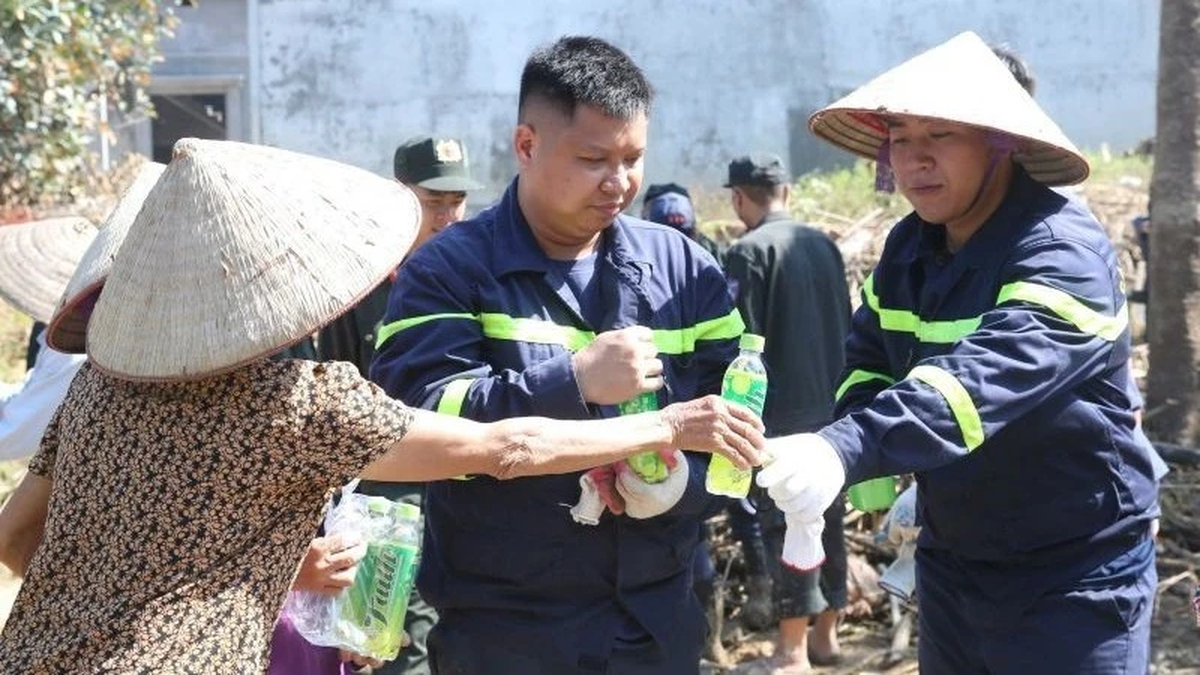

![[Photo] Closing ceremony of the 18th Congress of Hanoi Party Committee](https://vphoto.vietnam.vn/thumb/1200x675/vietnam/resource/IMAGE/2025/10/17/1760704850107_ndo_br_1-jpg.webp)
![[Photo] General Secretary To Lam attends the 95th Anniversary of the Party Central Office's Traditional Day](https://vphoto.vietnam.vn/thumb/1200x675/vietnam/resource/IMAGE/2025/10/18/1760784671836_a1-bnd-4476-1940-jpg.webp)
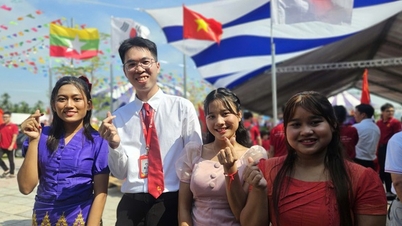

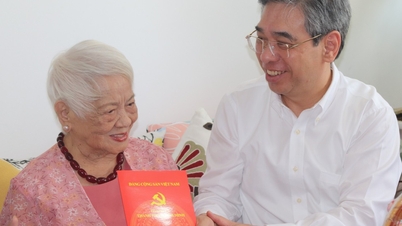

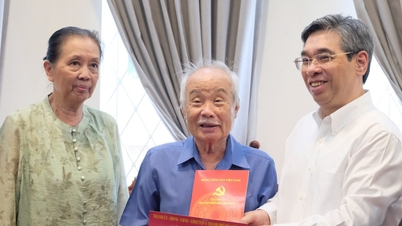

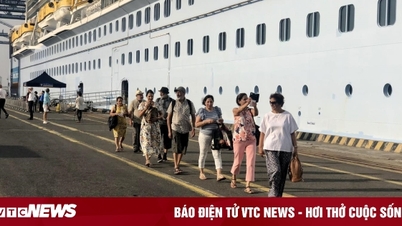

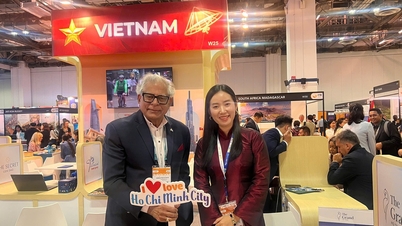
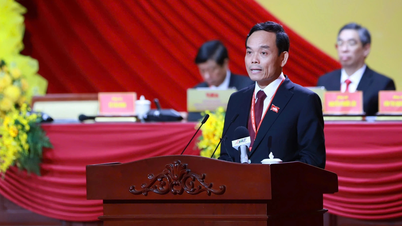
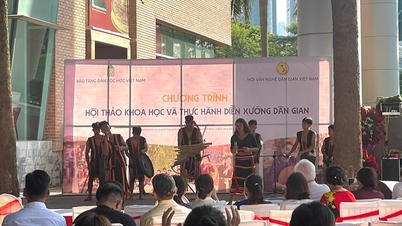



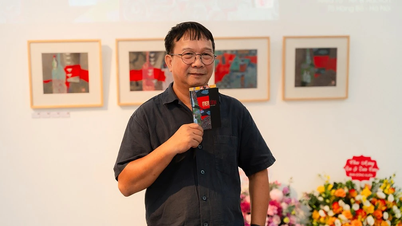


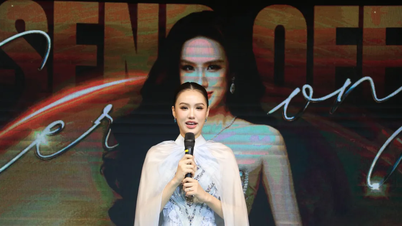
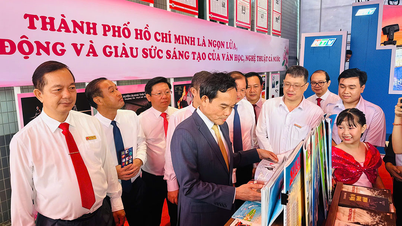






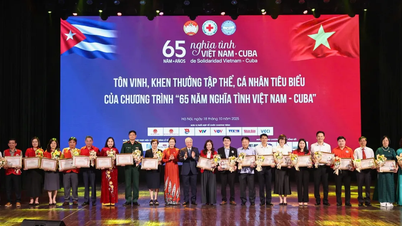
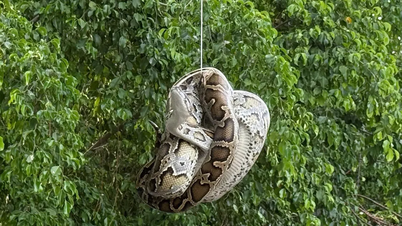
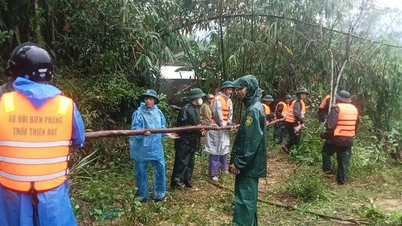
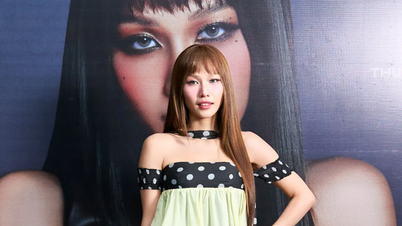
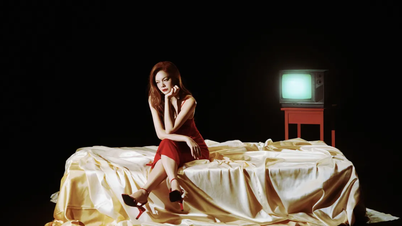
































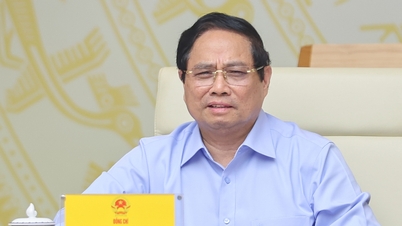
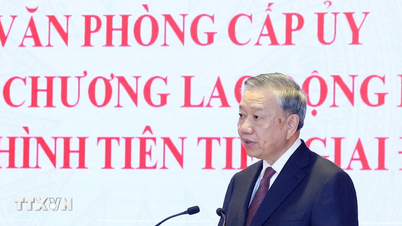

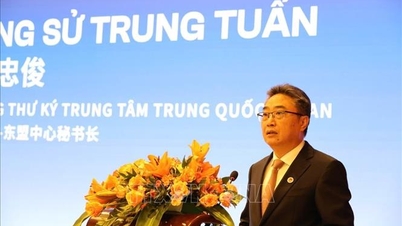
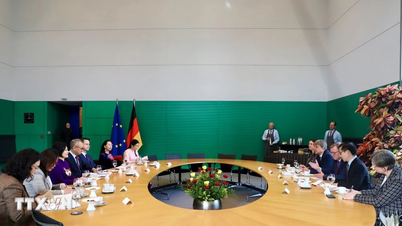
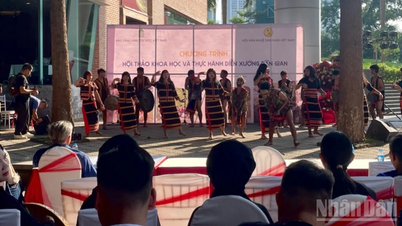










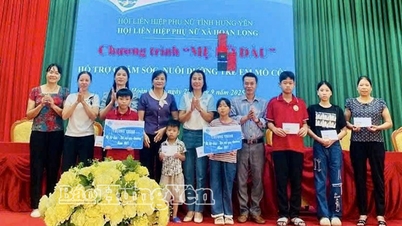



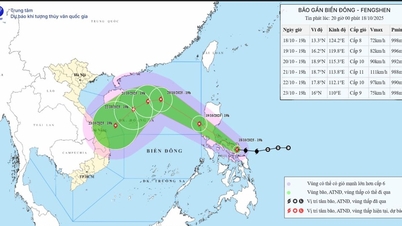

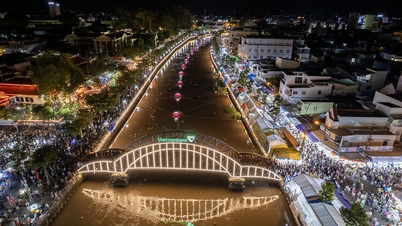

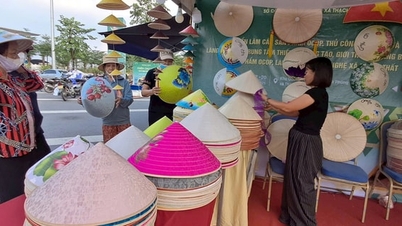










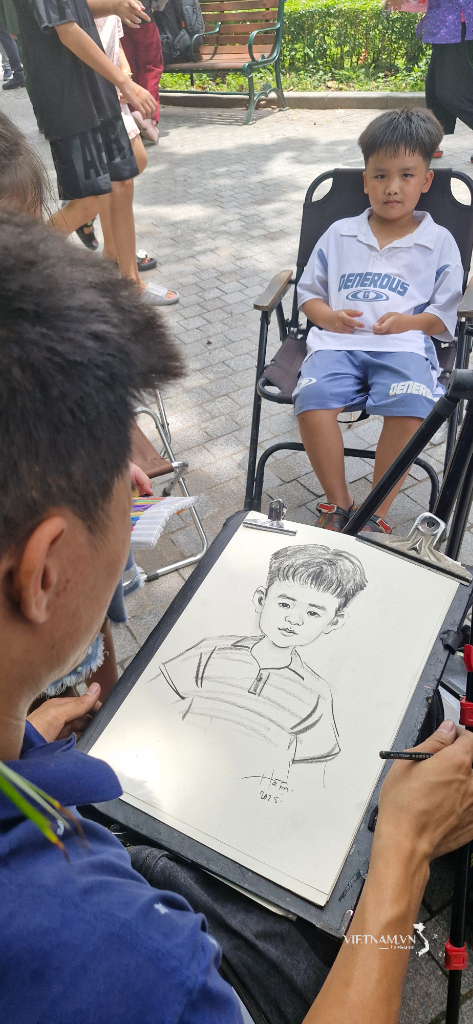



Comment (0)